In this Step we cover how we assist organizations to define their strategy and understand their processes then recommend the right GRC technologies that provide the information and technology architecture to enable the strategy and process and not handicap it.
Risk is Important
Risk is arguably the most important element of GRC because it sets the framework for how a organization should tackle governance and compliance, including the controls needed to be put in place as well as how they’re governed. Risk management also happens to be one of the biggest obstacles for organizations today because it requires that you know where business-critical assets are and what the risk profile is for each. In a world where organizations are battling complex infrastructures and endless data sources, this is a tough thing to master.
What is GRC?
But to implement a GRC strategy, you first must understand what GRC is:
- Governance: What and how well an organization does what it does and why.
- Risk Management: Understanding where critical data, processes and operations are housed, along with an understanding of the organization’s appetite for loss.
- Compliance: Controls an organization implements to achieve compliance mandates.
Each of the core disciplines – Governance, Risk and Compliance – consists of four basic components: strategy, processes, technology and people. The organization’s risk appetite, its internal policies and external regulations constitute the rules of GRC.
The disciplines, their components and rules are merged in an integrated, holistic and organization wide manner and aligned with the organizations operations that are managed and supported through GRC. In applying this approach, organizations can achieve their objectives through ethically correct behaviour, improved efficiency and effectiveness of any of the elements involved
Integrated GRC Programs
A GRC program can be instituted to focus on any individual area within the organization whereas a fully integrated GRC program is able to work across all areas of the organization, using a single framework.
The GRC Technologies can be broken down into 3 main areas
- Integrated GRC solutions (multi-governance interest, organization wide)
- Domain specific GRC solutions (single governance interest, organization wide)
- Point GRC solutions (relate to organization wide governance or organization wide risk or organization wide compliance but not in combination)
We come across all 3 of these and more commonly what we recommend with Clients are Integrated GRC solutions because an integrated solution aims to unify the management of these areas, rather than treat them as separate entities.
An integrated solution can administer one central library of compliance controls and manage, monitor and link them to every associated governance factor. For example, in a domain or point specific approach, three or more findings could be generated against a single activity. With the integrated GRC solution because it has an integrated relational database recognizes this single activity but will also relate it to any number of mapped governance factors applicable, for example; Quality, Health and Safety, Business and Information Security and Environmental Sustainability among others.
In Summary
In a growing regulatory environment, higher business complexity and increased focus on accountability has led companies to pursue risk and compliance initiatives across the organization. However, these initiatives if uncoordinated in a company where risks are interdependent and controls are shared can lead to gross inefficiency, duplication of efforts and a silo view of the company.
GRC Technology solutions systems through control, definition, enforcement, and monitoring can coordinate and integrate these initiatives and address the above-mentioned issues. Based on this our goal is to work with Clients to determine what is the best purpose fit or best of breed GRC Solution that will meet their needs at an investment that will provide them with a solution that assists leadership to make informed decisions with access to intuitive and predictive information analytics*
In our next blog the final step in our 5-Step process we will be looking at how a business can be moved forward with intuitive and predictive information analytics

Recent Comments